Why Choose Customization in Marine Seats
Marine seats play a crucial role in ensuring comfort, safety, and efficiency for boat operators and passengers. Customization of marine seats has become increasingly important to meet the unique demands of different vessels, environments, and user preferences. Whether for recreational boating, commercial vessels, or high-performance watercraft, custom marine seats can significantly improve the overall boating experience.
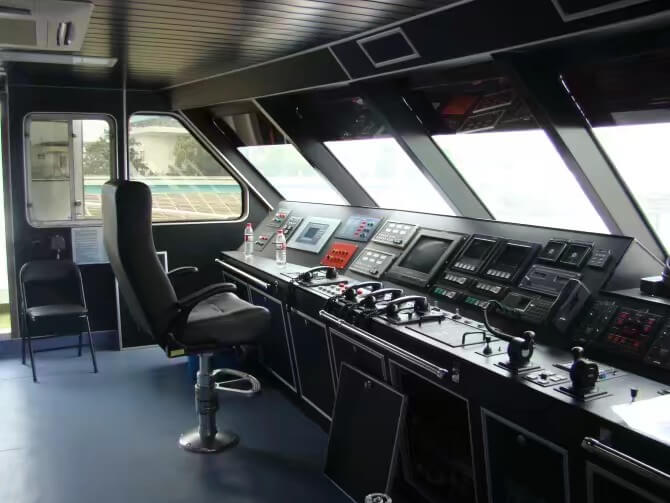
Benefits of Customizing Marine Seats
1. Ergonomics and Comfort
One of the primary reasons for customizing marine seats is to enhance ergonomics and comfort, especially for long-duration trips or high-speed boating. Customization allows for:
- Seat Padding and Cushioning: Marine seats can be designed with different levels of padding, from memory foam to shock-absorbing materials, ensuring optimal comfort based on the user’s needs.
- Adjustable Features: Custom seats can include adjustable headrests, lumbar supports, and armrests, helping boat operators maintain proper posture and reduce fatigue during extended periods on the water.
- Specialized Seat Shapes: Seats can be molded to fit the specific body type of the operator, improving comfort for individuals of different heights and sizes.
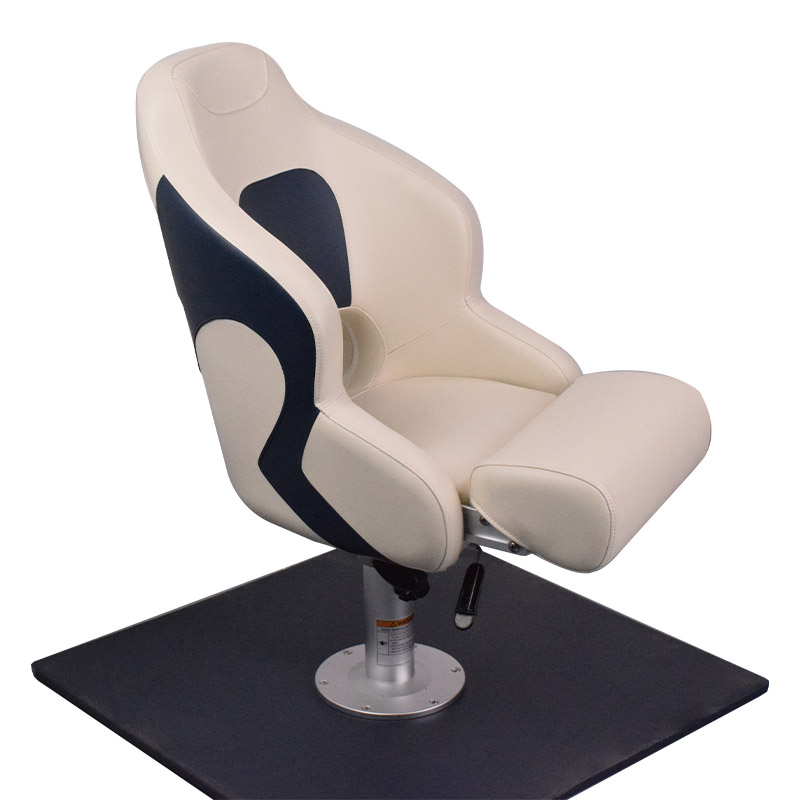
2. Durability and Material Selection
Marine environments expose seats to harsh conditions, including saltwater, UV radiation, and temperature fluctuations. Customization allows manufacturers to select materials tailored to these conditions:
- Water-Resistant and UV-Resistant Materials: High-quality marine-grade vinyl, leather, or other synthetic materials that resist fading, cracking, and mildew formation are often used for custom marine seats.
- Anti-Corrosion Components: Custom seat frames can be made from corrosion-resistant materials such as aluminum or stainless steel, ensuring long-lasting durability even in saltwater environments.
- Non-Slip Surfaces: Seat cushions and bases can be customized with non-slip materials to prevent passengers and operators from sliding in wet conditions.
3. Performance-Oriented Customization
In high-performance boats, such as racing or military vessels, seat customization focuses on optimizing performance.
- Suspension Seats: Custom suspension systems can be integrated into marine seats to absorb shocks and vibrations from rough water, reducing strain on the operator and improving control of the vessel.
- Bolstered Seats: For boats that experience high-speed maneuvers, bolstered seats provide additional lateral support, preventing the operator and passengers from shifting or being thrown off balance.
- Lightweight Materials: High-performance boats may require lightweight seat materials such as carbon fiber or composite plastics to reduce overall weight and enhance speed and fuel efficiency.
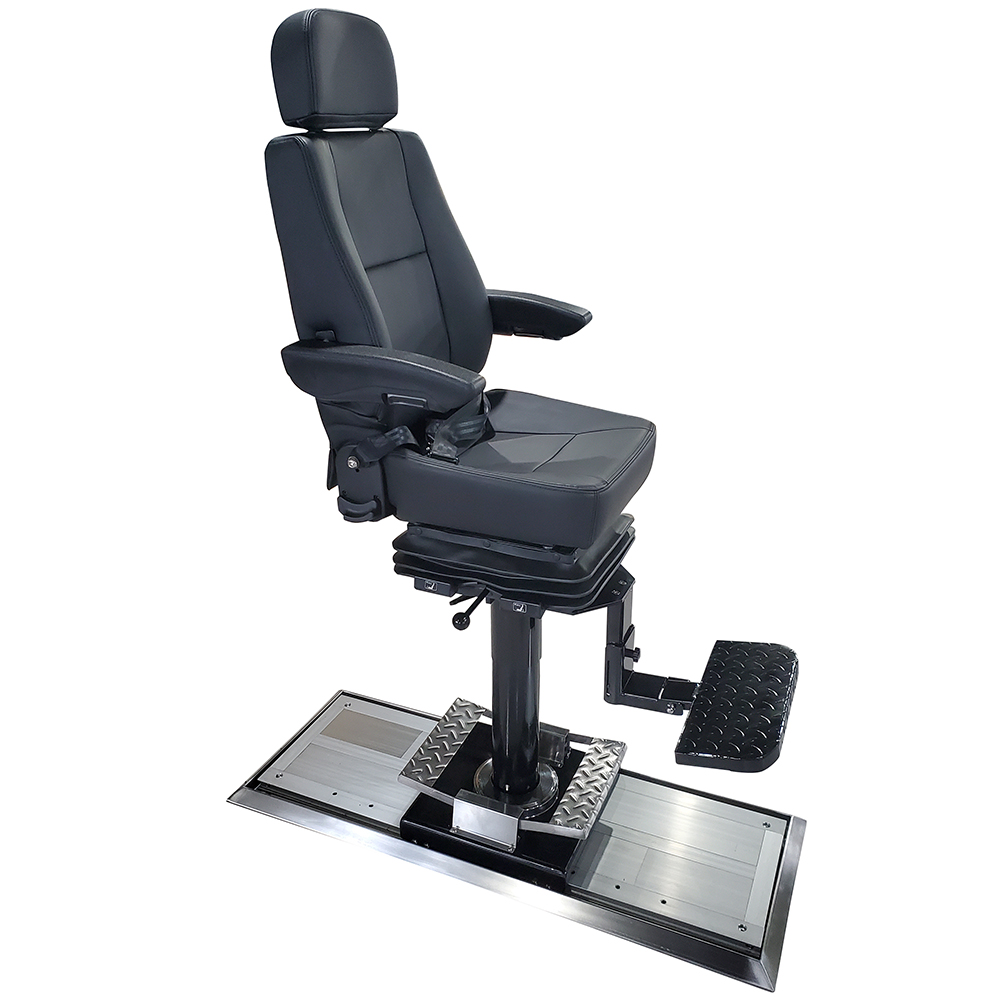
4. Aesthetic Customization
Beyond functionality, aesthetic customization allows boat owners to create a cohesive and visually appealing design for their vessel’s interior.
- Custom Upholstery and Colors: Boat seats can be upholstered in various colors, patterns, and textures, matching the overall aesthetic of the vessel. Custom embroidery, logos, or other design elements can also be added for a personalized touch.
- Matching Interior Themes: For luxury or recreational boats, seat designs can be coordinated with other interior elements such as carpeting, paneling, and dashboard accents, creating a seamless and luxurious look.
5. Technology Integration
Customization also extends to integrating modern technology into marine chairs.
- Heated Seats: In cold weather conditions or for night-time boating, customized seats with heating elements can provide additional comfort.
- Adjustable Electronics: Power-adjustable seats, which can be controlled electronically, allow for easy repositioning to suit the operator’s preference.
- Built-in Storage and Accessories: Marine seats can be customized with integrated storage compartments, cup holders, or mounts for devices like GPS systems or tablets, enhancing convenience and organization.
6. Safety Enhancements
Safety is paramount in marine environments, and custom marine seats can incorporate a range of safety features.
- Enhanced Stability: Seats can be designed to minimize tipping or shifting in rough seas, keeping passengers securely seated.
- Seatbelt Integration: For high-speed or extreme watercraft, seats can be customized with seatbelts or harnesses to keep the operator and passengers safely secured.
- Fire-Resistant Materials: Custom marine seats can be built with fire-resistant materials to meet safety regulations, particularly for commercial or military vessels.
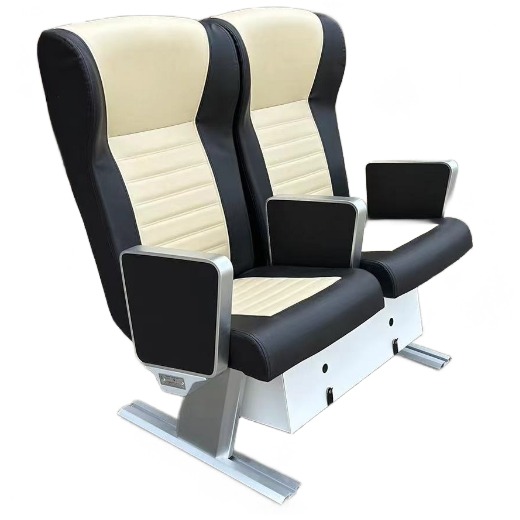
A Guide on How to Customize Marine Seats for Various Requirements
1. Choose the Right Material
- Marine-Grade Vinyl: This is one of the most popular materials for marine seating due to its durability, water resistance, and UV protection. It’s easy to clean and resists mold and mildew.
- Leather or Synthetic Leather: For luxury and aesthetic appeal, leather or synthetic leather can be used, though it requires more maintenance.
- Mesh or Breathable Fabrics: Ideal for warm climates, these materials allow airflow and prevent heat build-up, making them perfect for lounge or recreational seats.
2. Select Comfortable Cushioning
- High-Density Foam: Standard in most marine chairs, it provides support and durability for long-term use. Customize the thickness depending on your preference for firmness or softness.
- Memory Foam: For added luxury and comfort, memory foam can conform to the body shape, reducing fatigue during long journeys.
- Shock-Absorbing Foam: For high-speed boats or rough water conditions, shock-absorbing foam provides added comfort by minimizing vibrations and impacts.
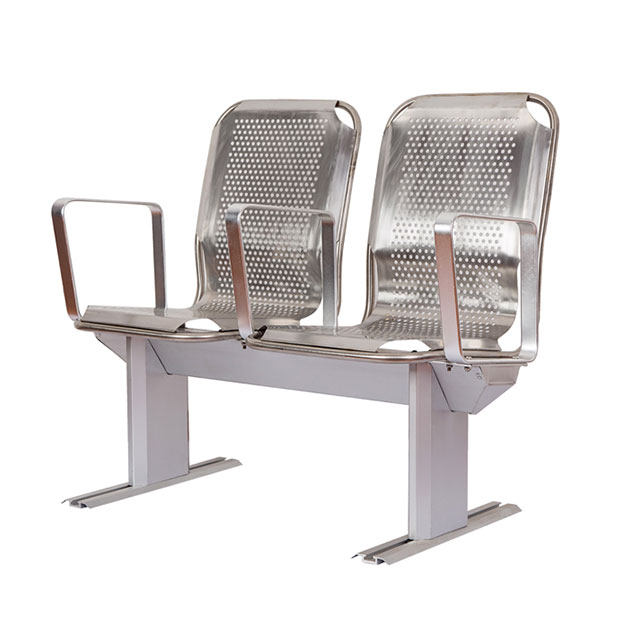
3. Incorporate Adjustable Features
- Height Adjustability: Custom marine seats can include height adjustment mechanisms to accommodate different user heights and ensure optimal visibility.
- Swivel Function: Adding a swivel feature allows the operator to turn freely, enhancing maneuverability in tight spaces or when docking.
- Reclining Mechanism: For added comfort, especially on yachts and leisure boats, reclining backrests allow users to rest or lounge more comfortably.
4. Select the Seat Type
This chart summarizes the common types of marine seats and their ideal applications across various types of boats and marine environments.
| Type of Marine Seat | Description | Applications |
| Helm Seats | Designed for boat operators, offering comfort and adjustability for long hours. | Commonly found in recreational boats, fishing vessels, and yachts where steering control is essential. |
| Folding Seats | Compact seats that can be folded away when not in use to save space. | Typically used on small boats, pontoons, and limited-space vessels for temporary seating. |
| Bench Seats | Long, multi-person seats that provide simple, communal seating for passengers. | Common on pontoons, leisure boats, and commercial vessels for larger groups of passengers. |
| Captain’s Chairs | Padded, adjustable seats with armrests, providing maximum comfort for the captain. | Found on high-end yachts, cruisers, and fishing boats for the main operator’s seating. |
| Bucket Seats | Seats with high sides, offering support during high-speed maneuvers. | Typically found on speedboats, racing boats, and high-performance vessels. |
| Jump Seats | Compact seats that can be installed in tight spaces or alongside the main seat. | Used on fishing boats, small vessels, or as auxiliary seating on larger boats. |
| Suspension Seats | Seats equipped with shock-absorbing mechanisms to reduce vibrations and shocks. | Found on military, high-speed, and commercial vessels operating in rough water conditions. |
| Casting Seats | Small, backless seats providing support while fishing or casting. | Often used on bass boats, fishing boats, or specialized angling vessels. |
| Lounge Seats | Padded seats designed for relaxation, often with reclining features. | Common on leisure and luxury boats, pontoons, and yachts for sunbathing or relaxation. |
| Bolster Seats | Convertible seats that can switch between sitting and standing positions. | Ideal for center consoles and sport fishing boats, providing comfort and flexibility for boat operators. |
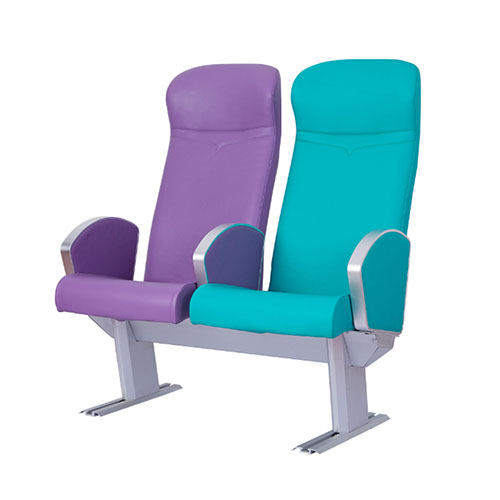
5. Choose Aesthetic Customizations
- Color and Patterns: Marine seat upholstery can be customized with a wide range of colors, patterns, and textures to match the boat’s interior or personal style.
- Embroidery and Logos: Personalized embroidery such as the boat’s name, a logo, or other designs can be added for a custom touch.
6. Optimize for Specific Marine Conditions
- UV-Resistant Materials: If your boat is exposed to high levels of sunlight, opt for UV-resistant materials that prevent fading and deterioration.
- Waterproofing: For boats that frequently operate in wet conditions, consider waterproof fabrics and corrosion-resistant frames to extend the lifespan of the seat.
- Corrosion-Resistant Frames: The seat’s frame can be customized with stainless steel or aluminum, which resists corrosion from saltwater exposure.
7. Tailor Seat Shape and Size
- Customized Dimensions: If your boat’s layout requires specific seat dimensions, such as narrow spaces or odd-shaped seating areas, seats can be custom-made to fit perfectly.
- Multi-Seat Configurations: For designing marine passenger seats to carry multiple passengers, bench seating, lounge chairs, or jump seats can be custom-designed for optimal use of space.
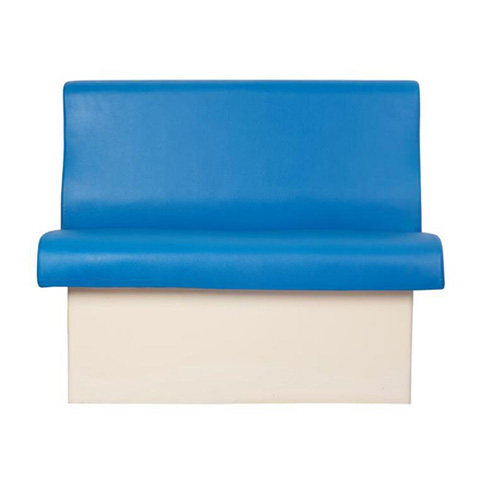
8. Work with Professional Marine Seat Makers
- Consult Seat Manufacturers: To achieve the best results, collaborate with specialized marine seat manufacturers who can advise on materials, safety standards, and design options.
- Test Prototypes: If available, ask for seat prototypes to test comfort, functionality, and durability before finalizing the customization.
Overall, customizing marine seats provides a unique opportunity to enhance the comfort, safety and aesthetics of your boat. From selecting high-quality materials and padding to adding ergonomic features and advanced technology, customization ensures that your marine seating meets both your personal preferences and the demands of marine environments. Through tailoring seat features to specific needs, materials, and design preferences, boat owners can enjoy a safer, more comfortable, and personalized maritime experience.


